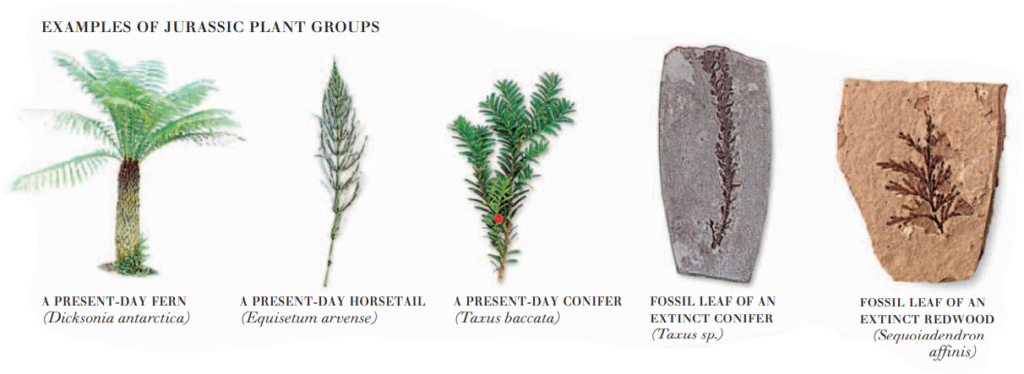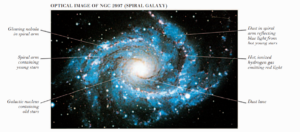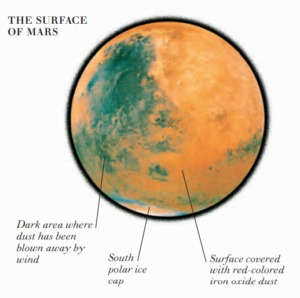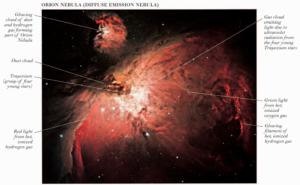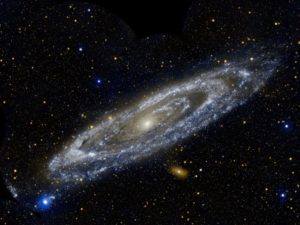THE JURASSIC PERIOD, the middle part of the Mesozoic era, lasted from 199 to 145 million years ago. During Jurassic times, the landmass of Pangaea broke up into the continents of Gondwana and Laurasia, and sea levels rose, flooding areas of lower land. The Jurassic climate was warm and moist. Plants such as ginkgos, horsetails, and conifers thrived, and giant redwood trees appeared, as did the first flowering plants. The abundance of plant food coincided with the proliferation of herbivorous (plant-eating) dinosaurs, such as the large sauropods (e.g., Diplodocus) and stegosaurs (e.g., Stegosaurus). Carnivorous (flesh-eating) dinosaurs, such as Compsognathus and Allosaurus, also flourished by hunting the many animals that existed among the other dinosaurs. Further Jurassic animals included shrewlike mammals, and pterosaurs (flying reptiles), as well as plesiosaurs and ichthyosaurs (both marine reptiles).

